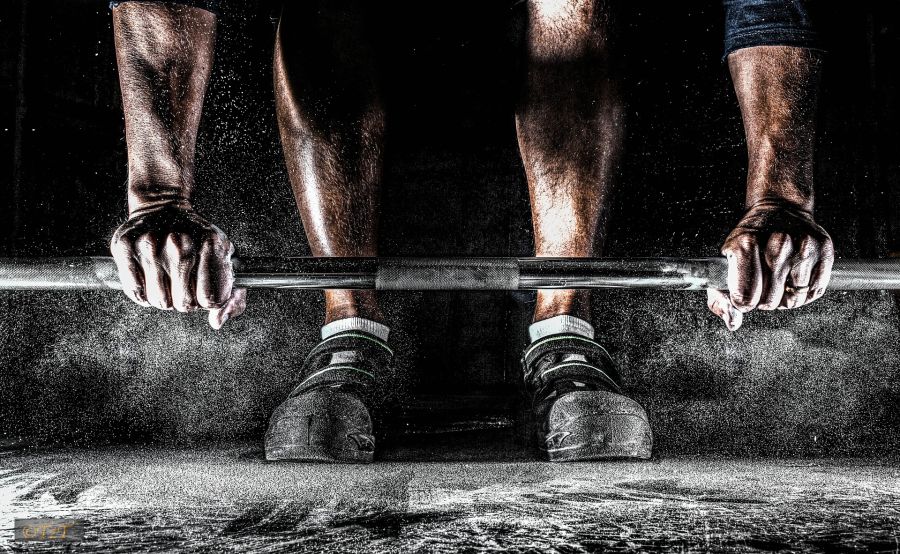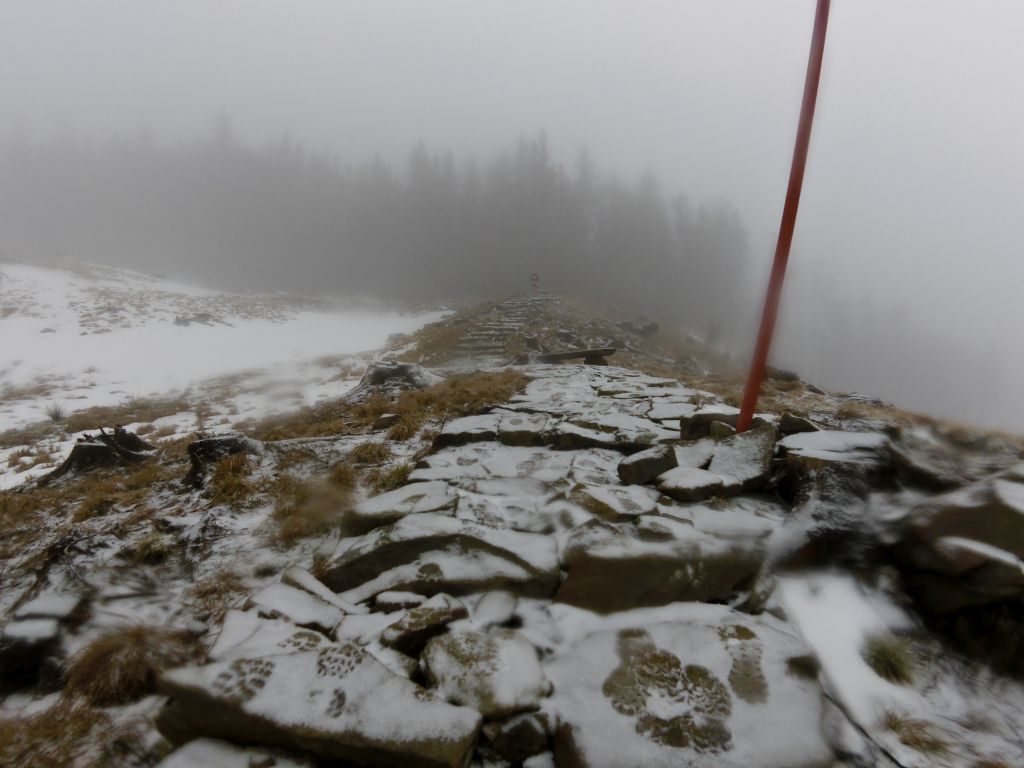A moment ago we were hiding from the heat and cooled ourselves with whatever water we could find, and now the best piece of equipment for a training is… a warm blanket. I dread to think what’d it be when it starts snowing. How to run in winter? Should we run at all?
RUN!!!
It is said that tere are no bad conditions, only weak characters. Of course you can run in winter. Moreover, it is the best time to form the tidal volume and endurance, i.e. the basis which determines the quality of our trainings during the starting season. Slippery and unstable surface causes that even with the lower pace, our legs have to work harder. These are obviously totally different conditions to those in the summer and one has to prepare well for them not to harm themselves. Still, it is a very valuable time for every runner – if running means really something for you, don’t waste those months on making excuses and sitting in front of TV set.
GOLDEN RULES
We must prepare well for running in winter. These are totally different conditions and our training methods should be properly adjusted. Here are the basic rules we should always remember about when running in winter:
1. CLOTHING
The thing we must begin with is our clothing. In winter we experience the whole range or temperatures – from +5 deg. C up to -20 deg. C. It’s worth getting our wardrobe equipped with many layers of clothes in order to adjust to every temperature.
The main rule is to dress a little lighter than usual. When we get outside, it’s good to feel a bit chilly. If you’re comfortable at that point, be sure that in 10 minutes you’ll be all wet and sweating – after all the body temperature rises during the effort. On the other hand you can’t be too cold – it should be sensible but not piercing. Unfortunately I can’t define it better – each one of us has different thermal comfort zone.
Another thing concerning clothing are reflective elements. In winter, we spend most of our training time in darkness, therefore we should take care to be noticeable. Currently almost every element of sport clothing is equipped in reflective elements, so it shouldn’t be a problem after all.
2. WARM-UP AND STRETCHING
Running in low temperatures we warm up slower, so we should especially care to perform a good warm-up before our training. It’s best to do it still at home. Let’s make a series of dynamic exercises taht will warm up all the muscles and set our joints and tendons in motion.
Stretching should be left for the end, when muscles are already hot and flexible. Also in this case, let’s shorten the time outside to minimum – stretching should be made inside.

3. FACE AND HANDS PROTECTION
At lower temperatures it is good to get equipped with protective creams for the face – with temperature of around -10 deg. C it really adds up. These creams are either fat or contain talc, which dries the skin, making it less exposed to cold and it’s better protected against frostbite. Additionally, buy yourself some regenerative cream for hands and another one for face.
4. BREATHING
ust as in the summer we should breathe through mouth introducing more oxygen into lungs, in winter we should protect our throat and lungs. Breathe in through the nose and let the air warm up before it reaches the lungs. We can afford a little less oxygen, because in winter we generally run slower, often in the lower ranges of the heart rate, and so we can breathe calmly. So, inhale through the nose, exhale through the mouth.
An additional advantage of nasal breathing is improved filtration of more polluted air – let’s face, in the cities it’s not the cleanest.
5. TRAINING METHODS
During winter let’s not be afraid to run slower. We have a more slippery ground, often snow or ice, so our legs must work harder anyway. Lower temperature means less heat for the muscles, tendons and joints – it’s much easier to harm yourself.
Therefore, let’s focus on the easy running and extend our mileage maybe. Some supplementary exercises would be nice during that time – swimming pool and gym. Let’s work on the stability and strength of legs. If you work well during the winter, you will be ready to introduce some harder accents whenever it gets a warm enough.
6. AT WHICH TEMPERATURES SHOULD WE GIVE IT A REST?
This is and individual matter – I myself happened to run even when it was -20 deg. C. It’s all a matter of good preparation. Decent warm-up and good clothing, protection cream and you can run unde rany conditions. Obviously the colder it gets the more careful you have to be, but there are no bad conditions – only weak characters ;-)
IN A NUTSHELL
- Dress in a way to feel a bit coll before running – when we warm up, it’s gonna be comfortable
- Get some reflective elements or additional lighting – be visible
- Warm-up and stretching should be performed at home, in warmth. Dynamic warm-up before the run, stretching after
- Get yourself protection and regenerating creams – your face and hands will be grateful
- Running in winter, breathe in through the nose, breathe out through mouth
- Run slower and introduce supplementary training
- You can run in any conditions, just remember – the colder it gets, the slower you run.
If you find this article interesting, please share it using the social media buttons under the article. If you don’t want to share it, maybe at least like it? :-)






